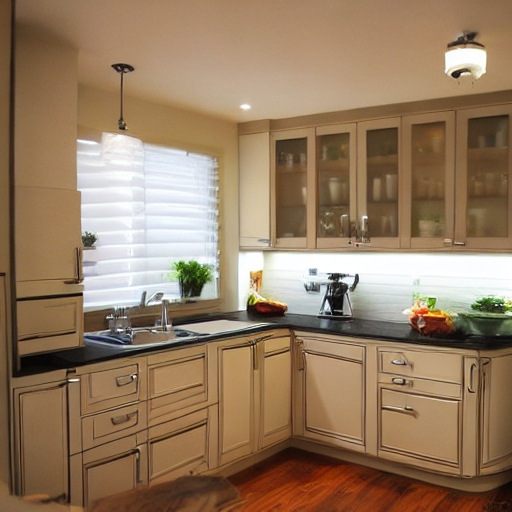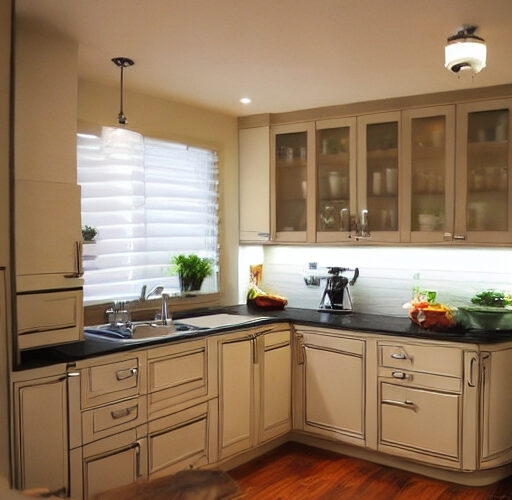Kitchen Design

Kitchen Design
When it comes to home design and functionality, the kitchen plays a pivotal role. It is not just a place for cooking but also a hub for socializing, eating, and even working. Therefore, creating a well-designed kitchen is essential for both aesthetics and efficiency. In this article, we will explore key elements of kitchen design that can help you create a space that is not only beautiful but also highly functional.
Layout and Flow
The kitchen’s layout is the foundation of its design. The three most common kitchen layouts are:
- U-Shaped: Ideal for larger kitchens, this layout features three walls of cabinets and appliances, providing ample storage and counter space.
- L-Shaped: Perfect for smaller or open-concept kitchens, this design utilizes two adjacent walls for cabinets and appliances, creating a cozy cooking space.
- Galley: A narrow, efficient design with two parallel countertops and a central walkway, suitable for smaller kitchens.
The kitchen’s flow is equally important. It should allow for easy movement between the cooking, prep, and cleanup areas, often referred to as the “kitchen work triangle.”
Color and Lighting
Choosing the right color scheme for your kitchen can significantly impact its atmosphere. Light colors can make a small kitchen appear more spacious, while dark colors add drama and sophistication. Natural tones and materials are also a popular choice for a warm and inviting kitchen design.
Additionally, proper lighting is essential. A combination of ambient, task, and accent lighting is key to achieving a well-lit and functional kitchen. Pendant lights over an island or dining area, under-cabinet lighting, and recessed ceiling lights are popular choices.
Cabinetry and Storage
Cabinets are a prominent feature in any kitchen design. Modern kitchens often feature sleek, handle-less cabinetry for a clean and minimalist look. Traditional styles may incorporate ornate cabinet details and decorative hardware.
Ample storage is crucial in a kitchen. Consider deep drawers for pots and pans, pull-out pantry shelves, and built-in spice racks. Customized storage solutions help keep the kitchen organized and clutter-free.
Countertops and Appliances
The choice of countertops can vary from natural stone, like granite or marble, to engineered materials such as quartz. Your decision should consider both aesthetics and durability, as countertops endure a lot of wear and tear.
When it comes to appliances, energy-efficient and smart appliances are becoming increasingly popular. Stainless steel appliances offer a sleek and modern appearance, while integrated appliances can provide a seamless look.
Personal Touch
Finally, don’t forget to add a personal touch to your kitchen design. This can be achieved through decorative backsplashes, unique hardware, or open shelving to display your favorite dishes or cookbooks. Personalizing your kitchen makes it feel like a true reflection of your style and personality.
Creating a well-designed kitchen involves careful planning and consideration of your specific needs and preferences. Whether you opt for a classic, modern, or eclectic style, a well-designed kitchen will enhance your daily life and become the heart of your home.
Remember that your kitchen design should cater to your lifestyle, making it a space that is not only visually appealing but also highly functional and enjoyable to use.

Leave a Reply